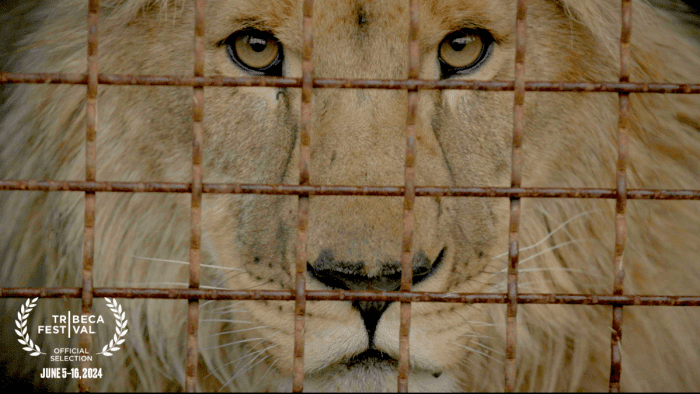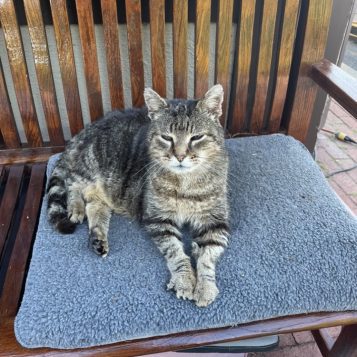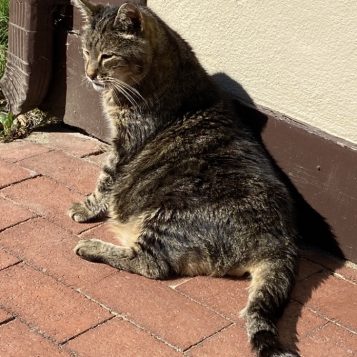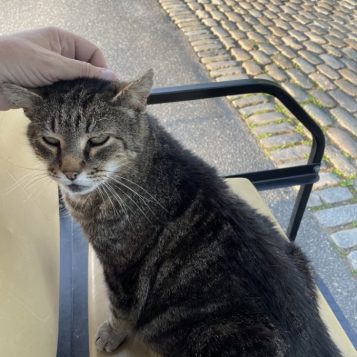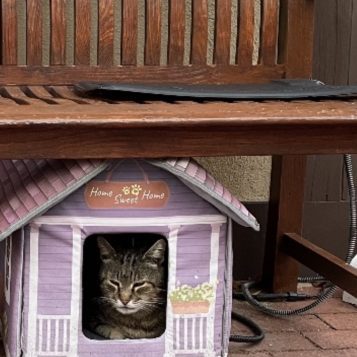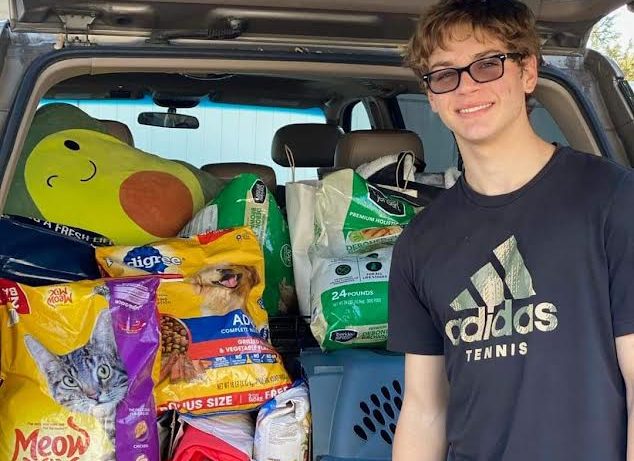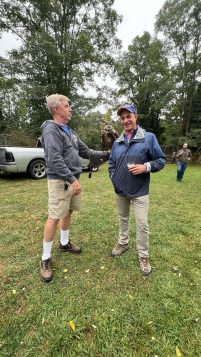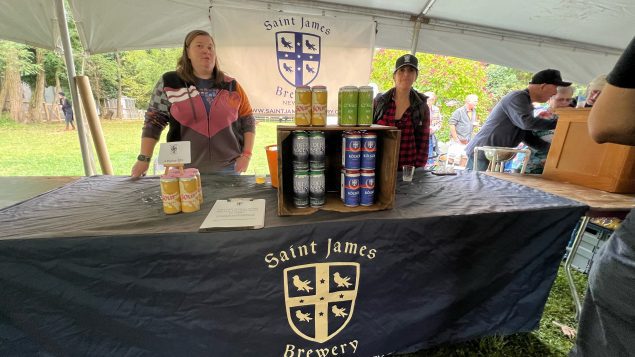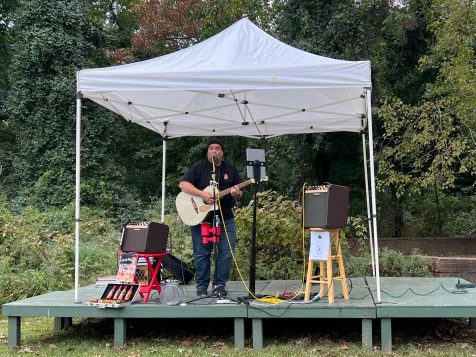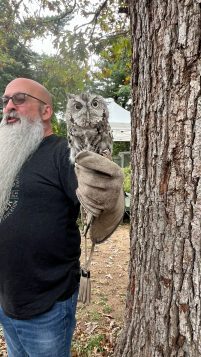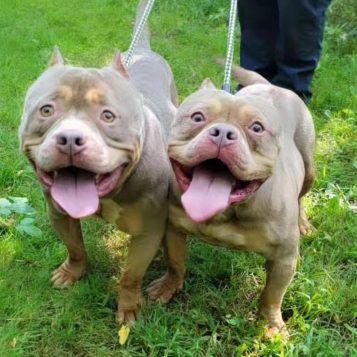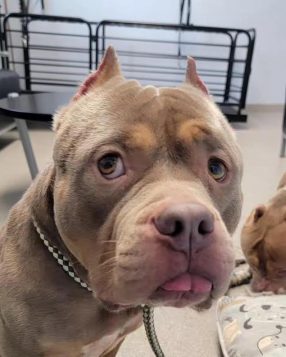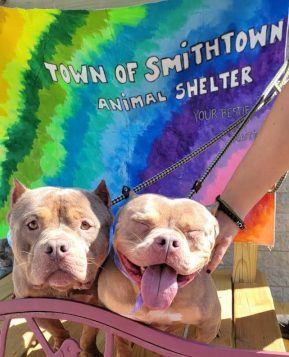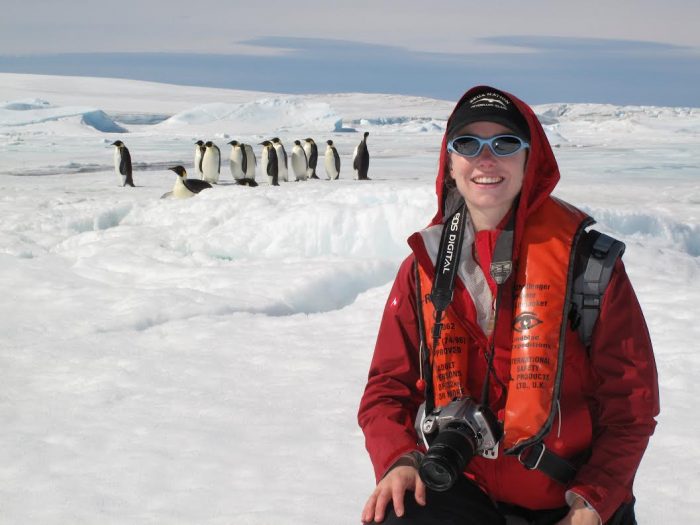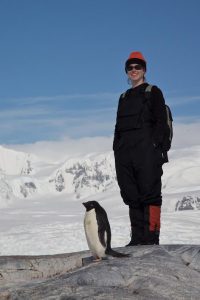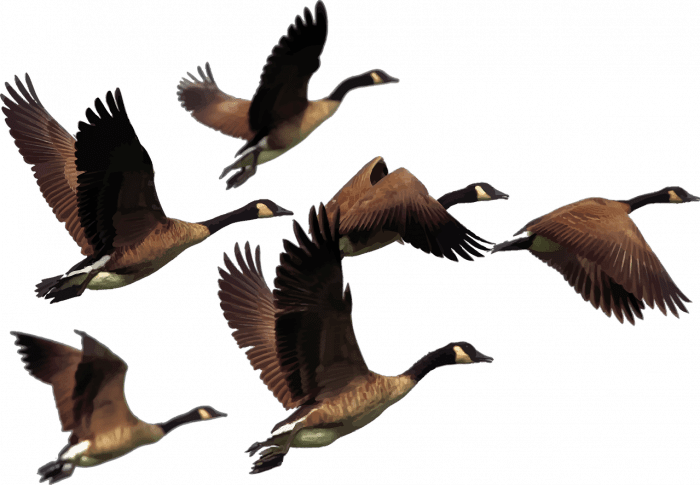By Jennifer Donatelli
Sweetbriar Nature Center, located in the heart of Smithtown, hosted its 7th annual Taps and Talons fundraiser on Sunday, Sept. 29, from 2 to 6 p.m.
The event, which draws hundreds of people from the local community each year, featured live music, food, raffles and the main attraction: wildlife demonstrations.
Elizabeth Santosus, chairman of the board at Sweetbriar Nature Preserve, explained, “I came up with the idea for this event when I visited family in Alabama and attended something similar there. I took their concept, brought it to Long Island, and we held our first Taps and Talons fundraiser in 2017.”
“It’s a great community and everyone’s mellow and laid back. I just want to make the people happy, and this is our way of doing just that,” she continued.
A special perk of the event are the local breweries and beer clubs that come to donate their drinks and educate people on the art of homebrewing.
In addition to the beer, food is also a major draw. Volunteers and food trucks served everything from Alabama pulled pork and ribs to homemade lasagna.
Visitors were thrilled to see the center’s owls up close, take pictures and learn about the rehabilitation programs offered at Sweetbriar.
Sue Dawson, a resident of Smithtown who attended the event with her friend, said she has been coming to Sweetbriar Nature for over 40 years.
“I love this place and I love this event especially because I get thirsty and need a beer,” Dawson said with a laugh.
Sweetbriar Nature Center is situated on 54 acres of varied gardens, woodlands, fields and wetland habitats along the Nissequogue River. Hundreds of species of plants and animals call this land home.
All proceeds from the event will help the center in its mission to educate the public about native wildlife and rehabilitation. Through education and examples, they encourage responsible decision-making, appreciation and respect for the unique wildlife and ecosystems found on the Island. You can find out more about the nature preserve on their website, www.sweetbriar.org.



